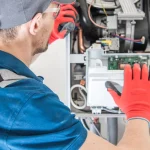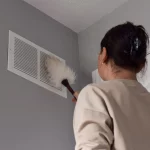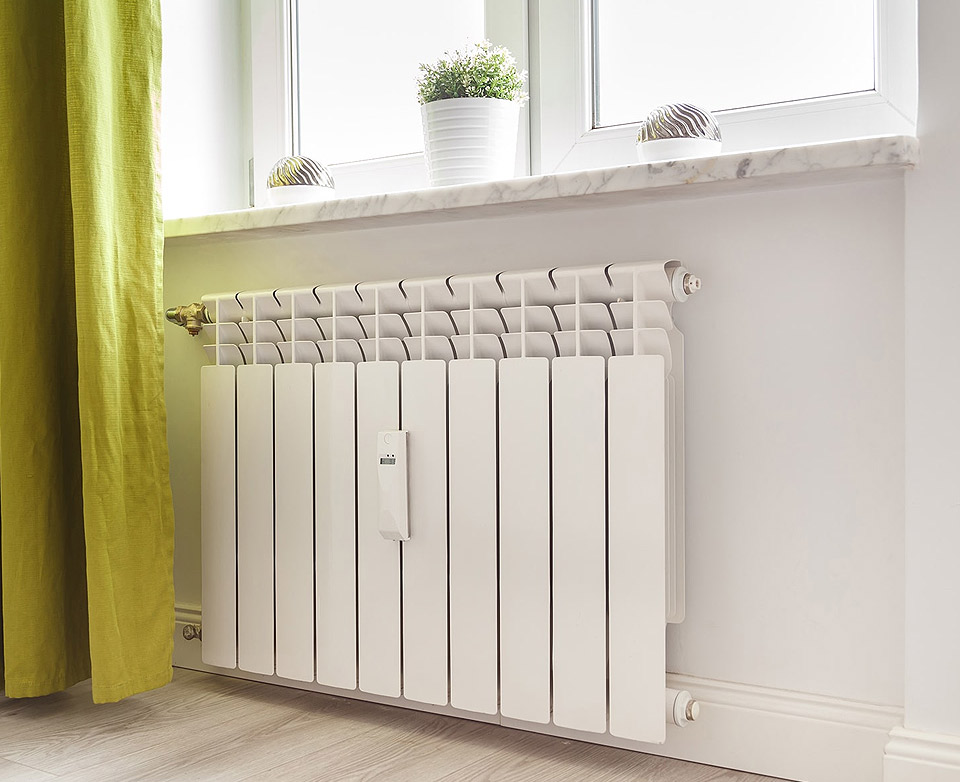26 Feb
When to Replace Your Furnace?
Knowing when to replace your furnace is essential for maintaining a comfortable and efficient heating system in your home. Furnaces have a finite lifespan, and various factors can contribute to their wear and tear over time. Here are some signs and considerations to help you determine when it might be time to replace your furnace:
- Age of the Furnace:
- Furnaces typically last between 15 to 30 years, depending on the make, model, and maintenance history.
- If your furnace is nearing or past its expected lifespan, it’s worth considering a replacement, even if it’s still functioning.
- Increased Energy Bills:
- If you notice a significant and unexplained increase in your heating bills, your furnace may be losing efficiency due to age or wear and tear.
- Newer, high-efficiency furnaces can provide substantial energy savings.
- Frequent Repairs:
- Frequent breakdowns and repairs can become costly and inconvenient.
- If your furnace requires repairs more than once a year or if the repair costs are approaching or exceeding 50% of the furnace’s value, it may be more cost-effective to replace it.
- Uneven Heating or Inconsistent Temperature:
- If your furnace struggles to maintain consistent indoor temperatures or some rooms are significantly colder than others, it could indicate a furnace that’s no longer capable of delivering even heating.
- Unusual Noises:
- Loud or unusual noises like banging, rattling, or squealing could indicate mechanical problems within the furnace.
- These issues may not be cost-effective to repair, especially if they recur.
- Poor Indoor Air Quality:
- An aging furnace might not adequately filter or humidify the air, leading to issues like excessive dust, dry air, or uneven humidity levels.
- Newer furnaces often have better air quality features.
- Visible Rust, Corrosion, or Cracks:
- If you observe visible signs of rust, corrosion, or cracks on the furnace, it could indicate structural integrity problems.
- Such issues can lead to safety concerns, including carbon monoxide leaks.
- Carbon Monoxide (CO) Leaks:
- If your furnace is not properly burning fuel, it may produce carbon monoxide, a colorless and odorless gas that can be deadly.
- Install a CO detector in your home, and if it detects elevated levels of CO, immediately turn off the furnace and seek professional assistance.
- Inefficient Heating System:
- If your furnace struggles to heat your home adequately or takes a long time to reach the desired temperature, it may be nearing the end of its useful life.
- Home Renovations or Upgrades:
- If you’re making significant renovations or upgrades to your home, it might be a good time to assess whether your current furnace is appropriately sized and efficient for the updated space.
- Safety Concerns:
- Any safety concerns, such as gas leaks, cracked heat exchangers, or unreliable pilot lights, warrant immediate attention and may indicate the need for a replacement.
When considering furnace replacement, it’s essential to consult with a qualified HVAC technician. They can assess your current system, provide recommendations based on your home’s specific needs, and help you select a furnace that offers optimal efficiency and comfort. Additionally, new furnaces often come with warranties that can provide peace of mind and cost savings in the long run.











